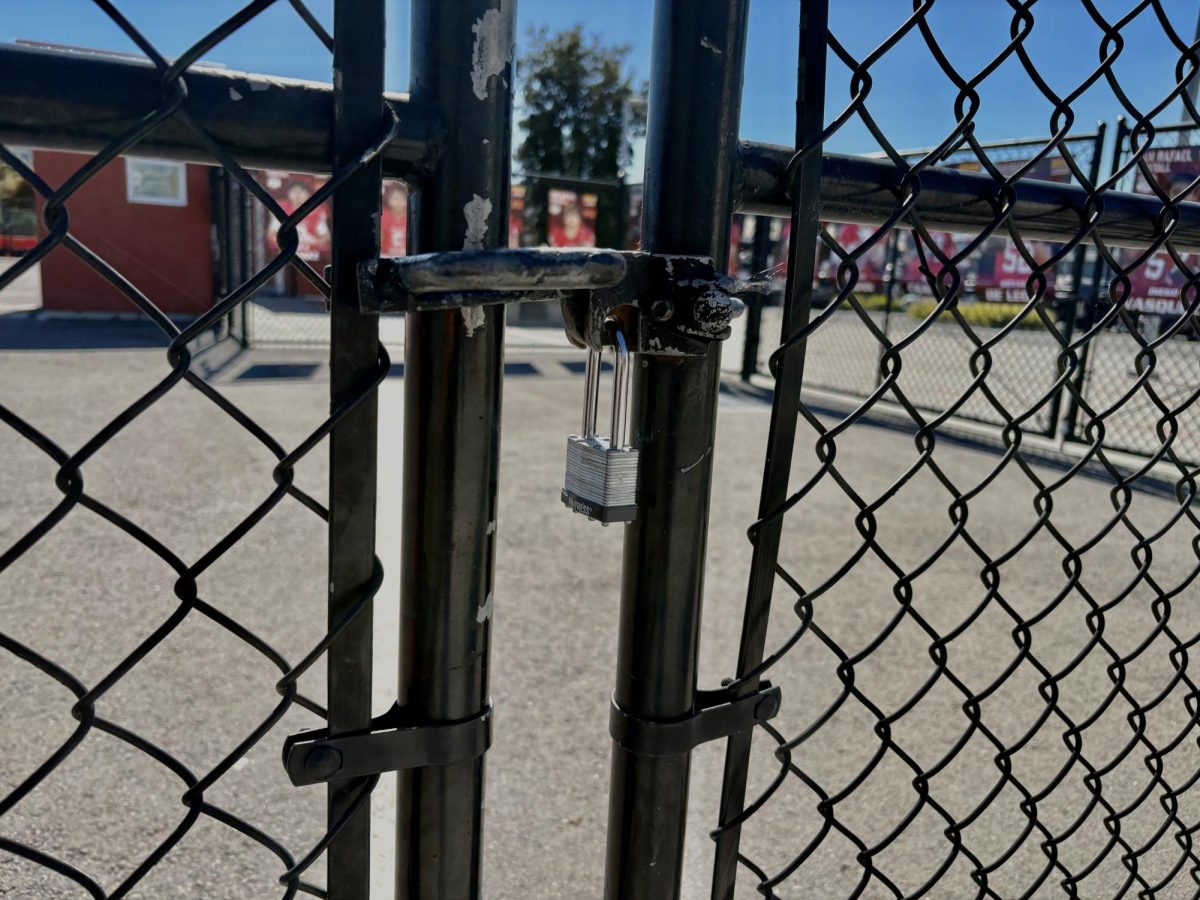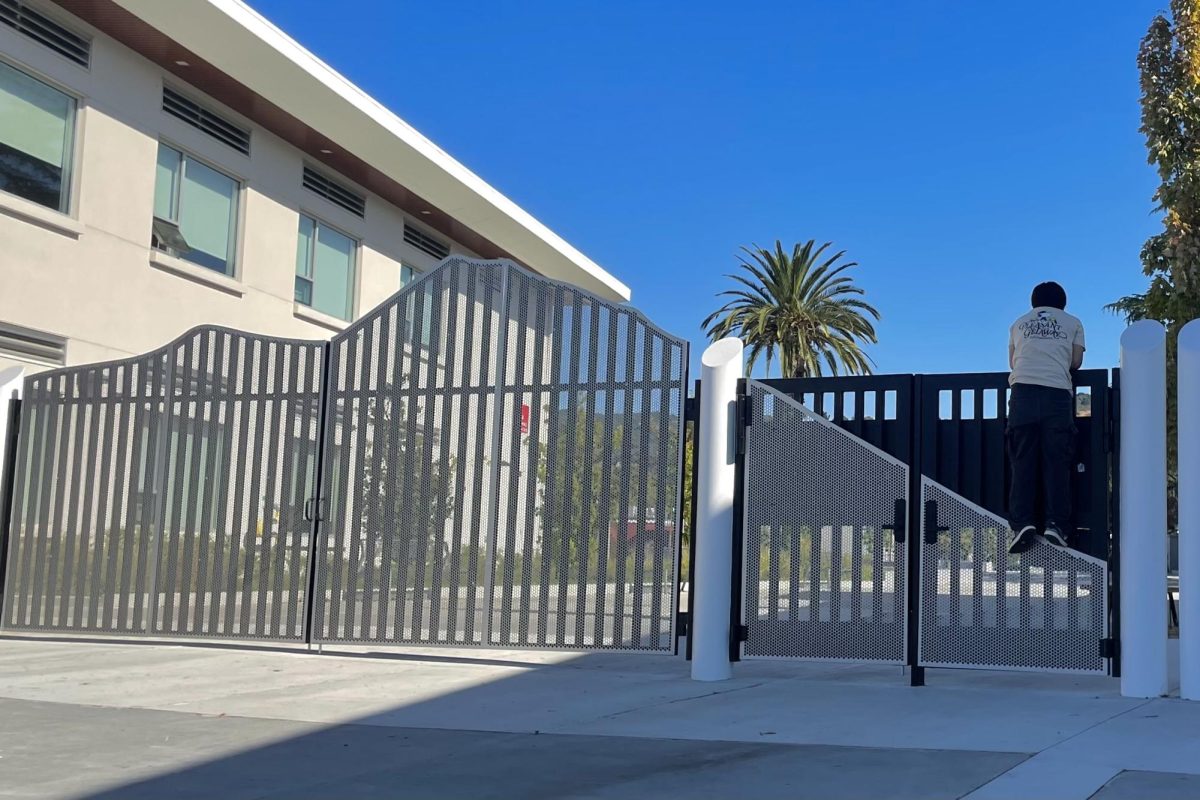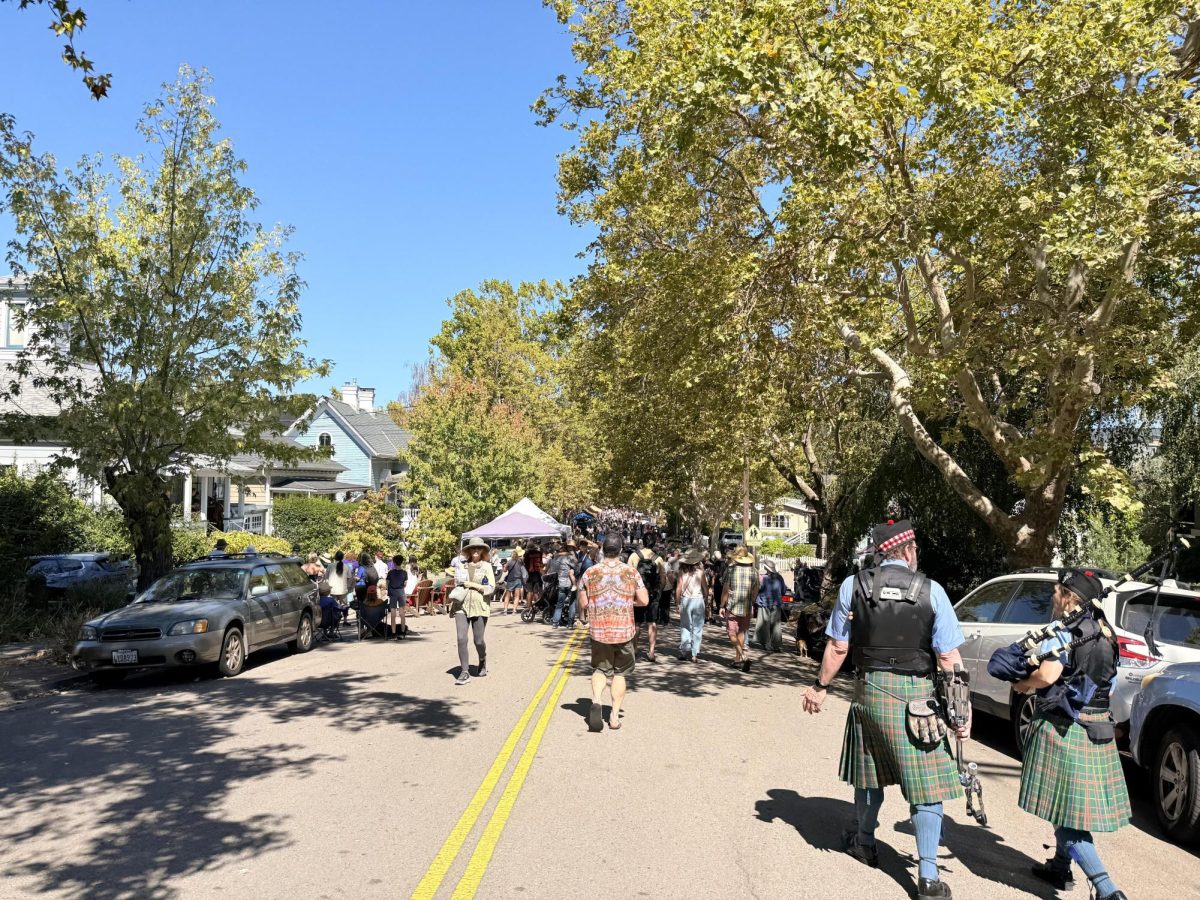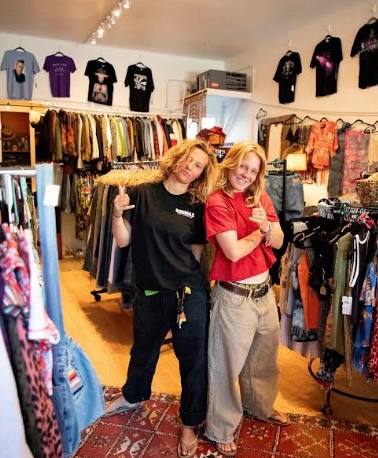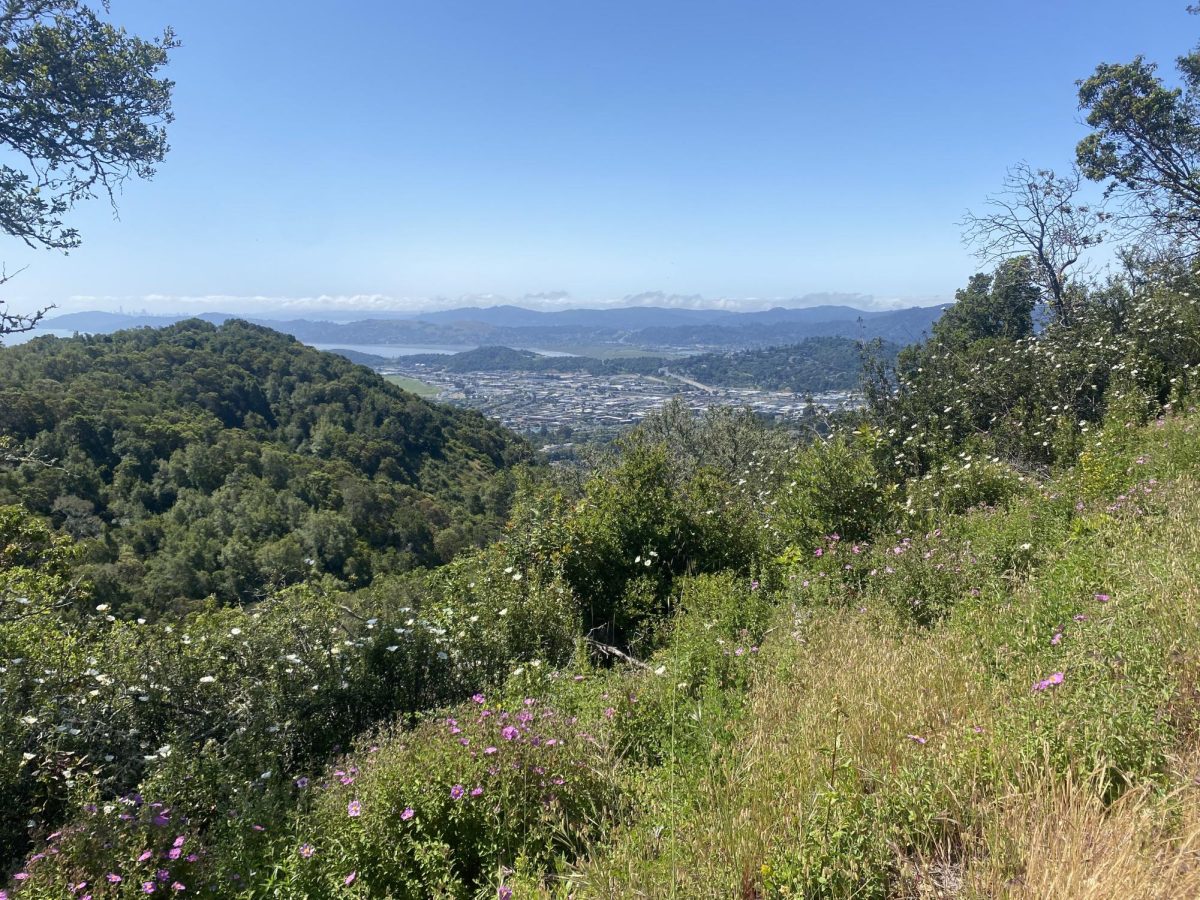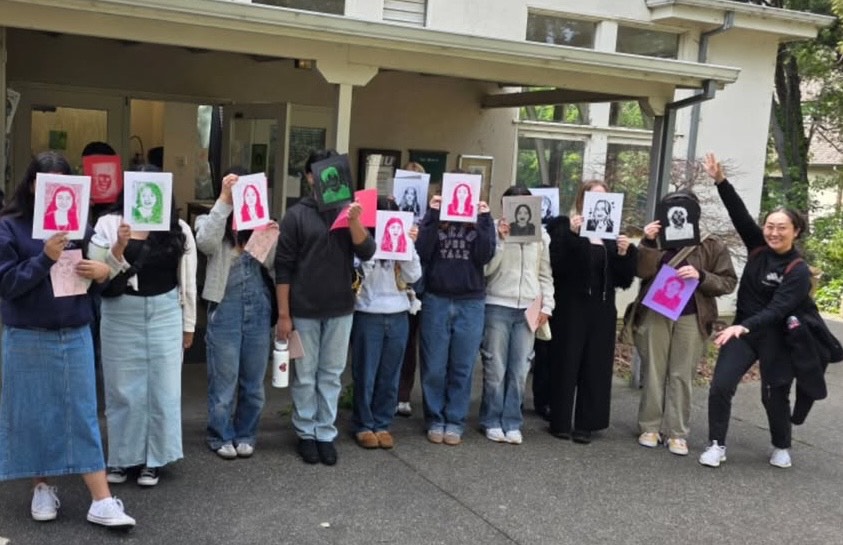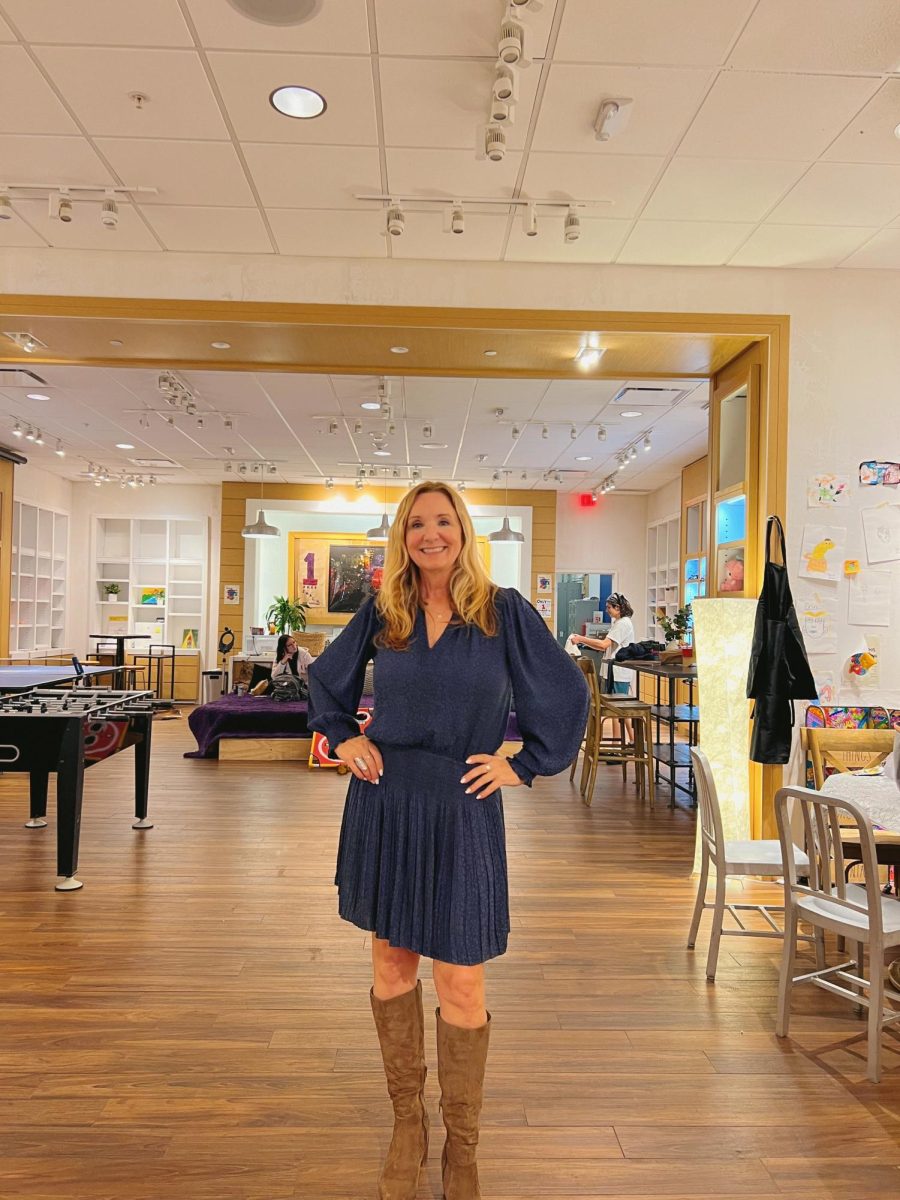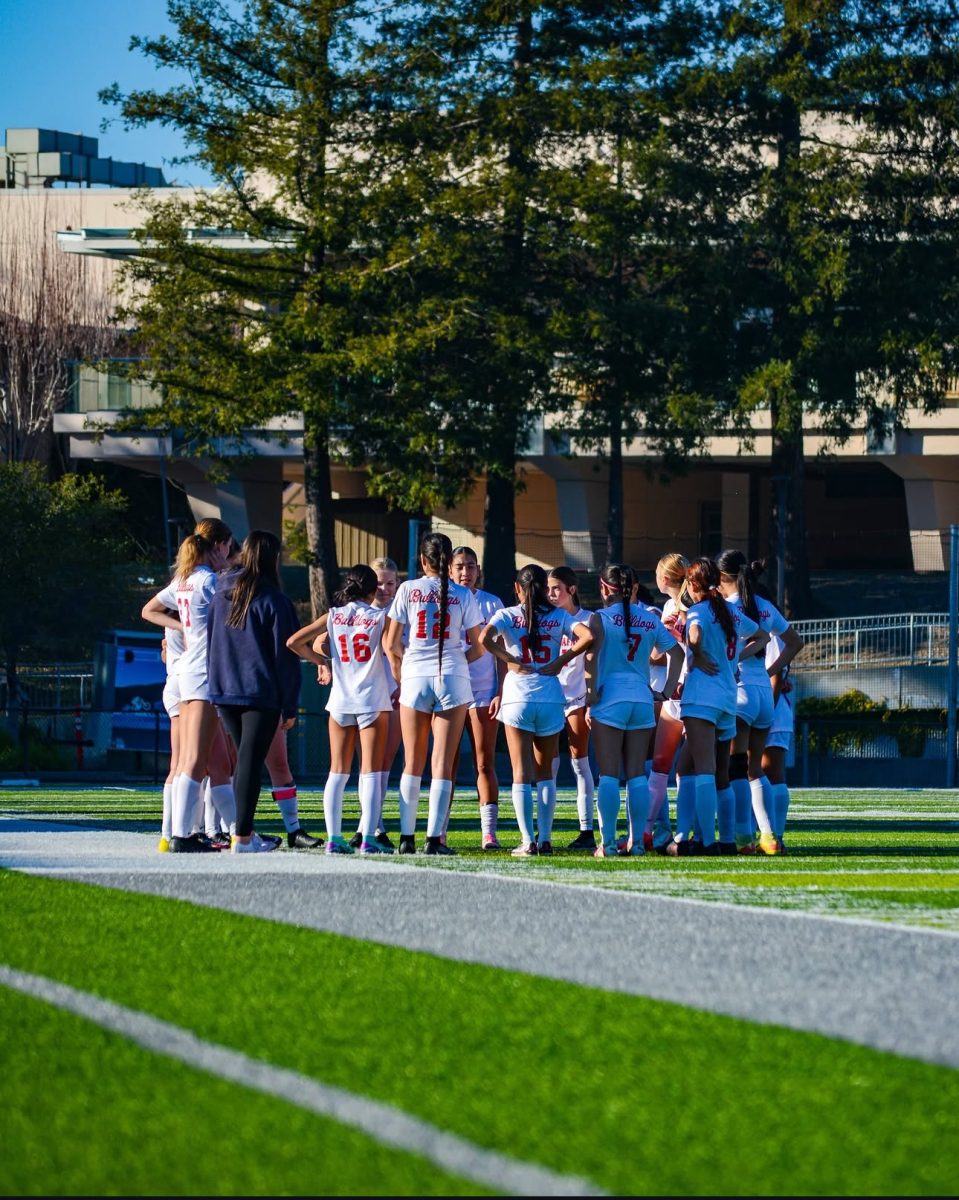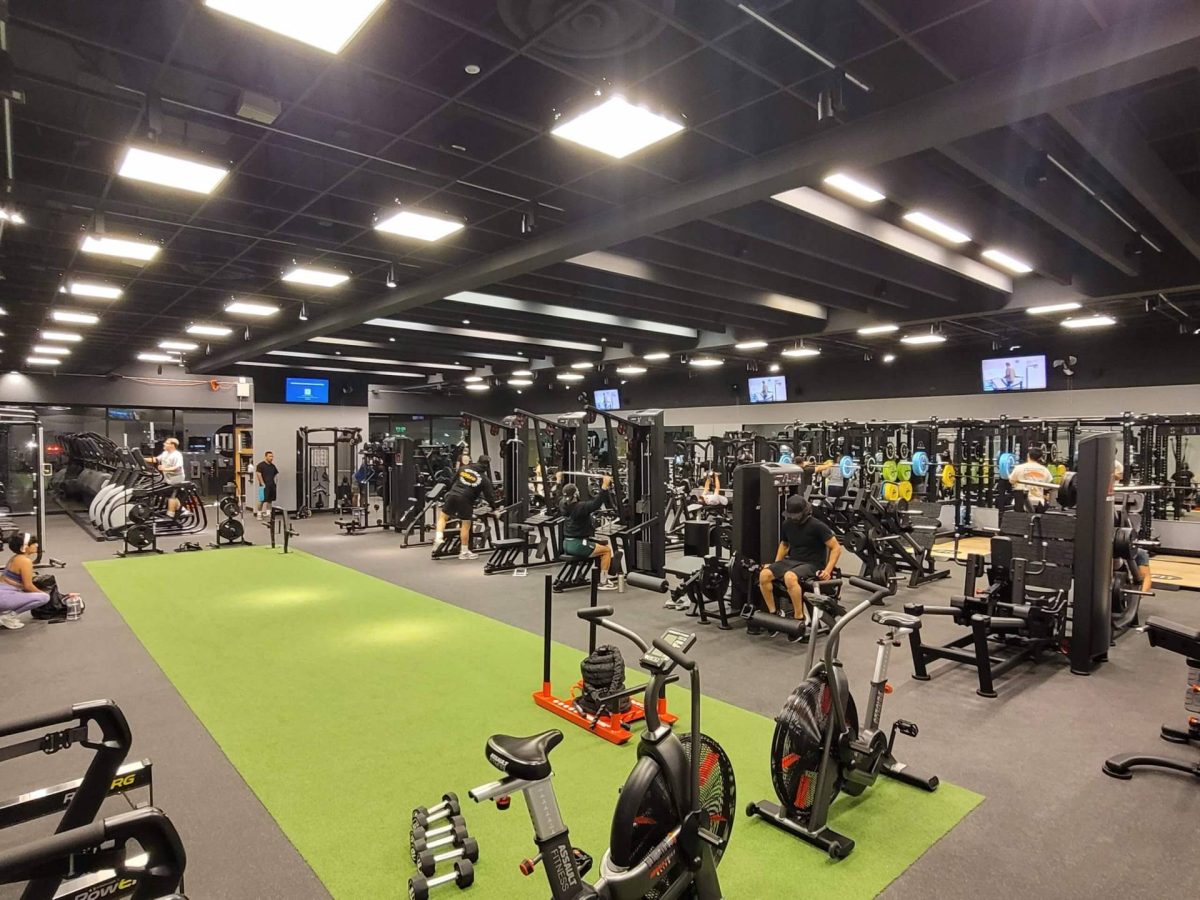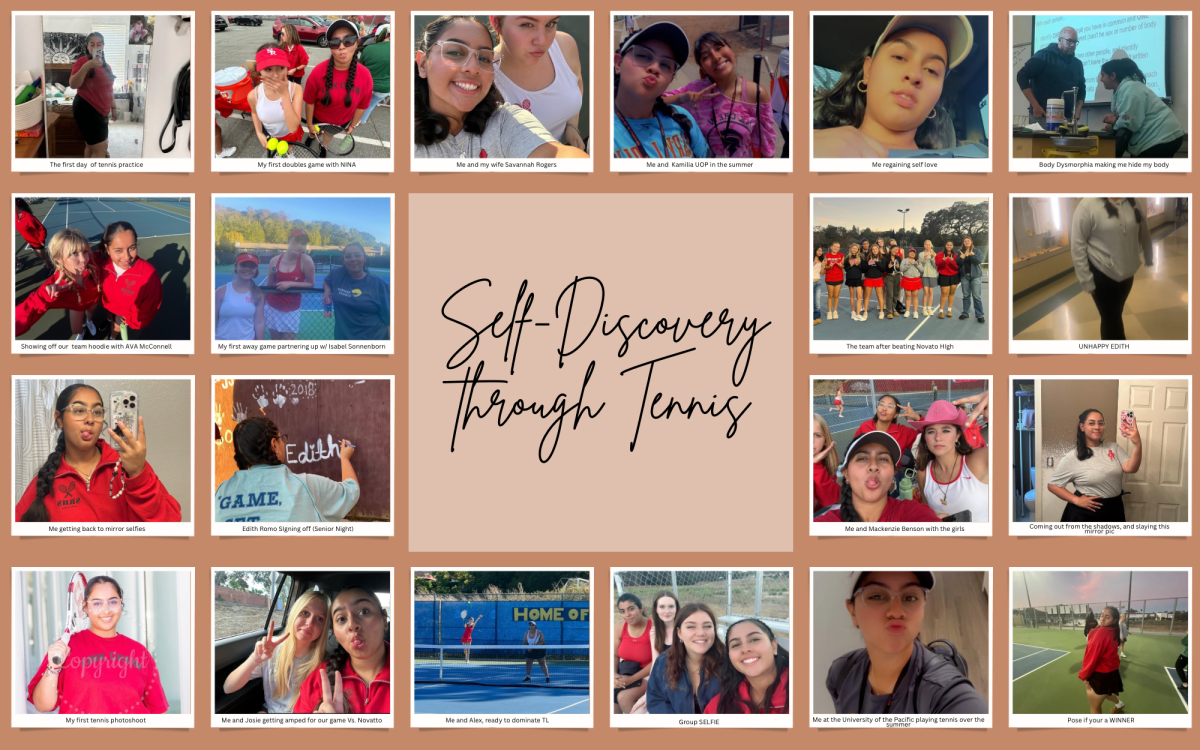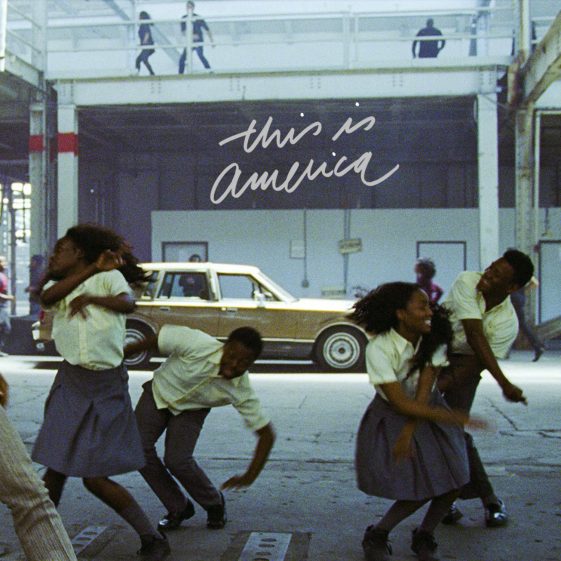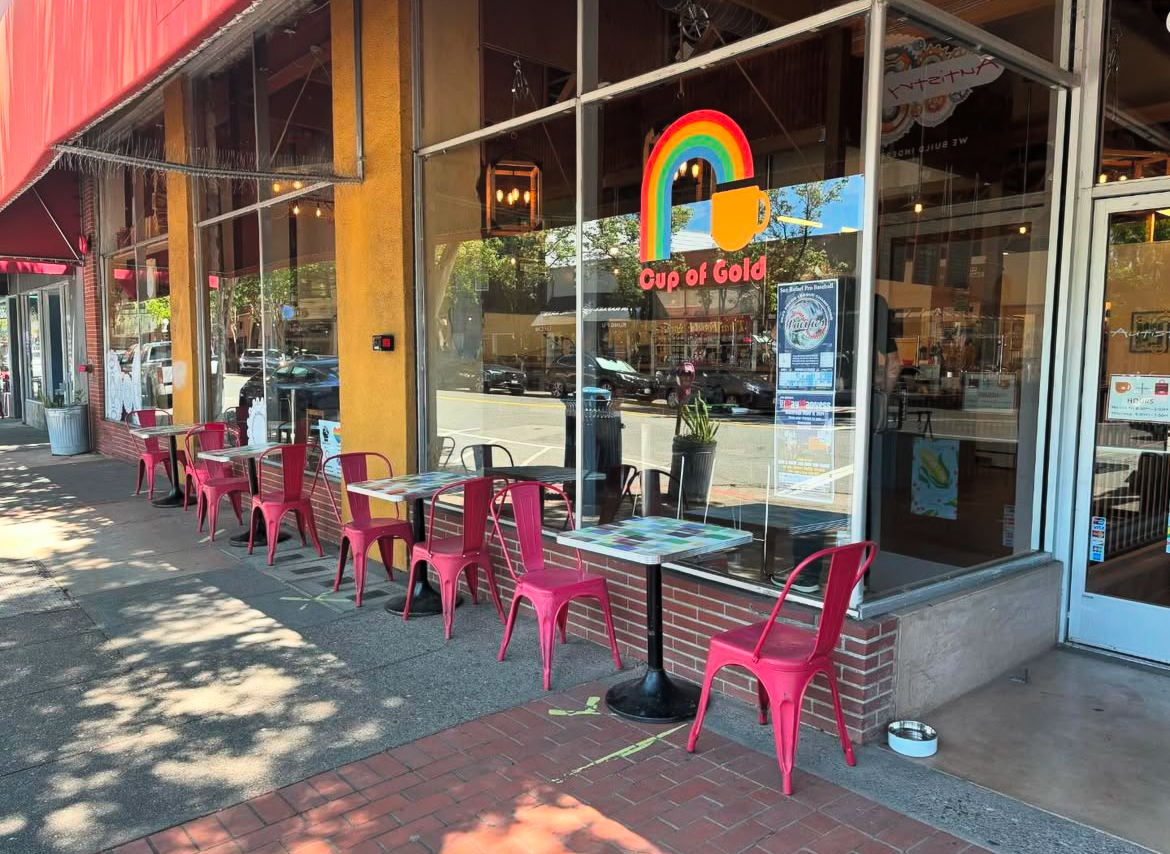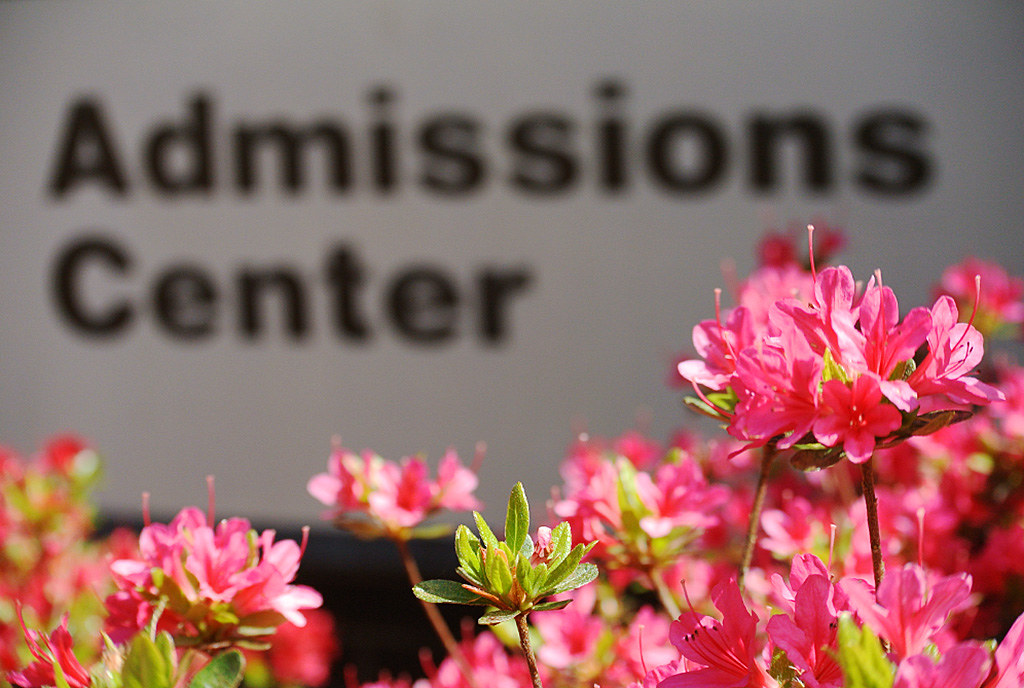Towards the end of the 2024-25 school year, a series of gates were completed in construction around the SRHS campus. Alongside the new fencing, new policies were introduced, leaving the front office as the only entrance during school hours. These changes were controversial among students and staff, as many students felt it was useless, a waste of money, and annoying. Unlike the students, many staff members like the gate and feel it provides a sense of security that wasn’t there before, highlighting the contrast in opinion among students and staff.
Weldon Miller, longtime SRHS security guard, didn’t take student criticism particularly seriously. “Their feelings don’t matter,” he said. “It keeps them safe.”
The most common argument students make is that the gate is a hindrance to their daily routines.
One student, Claire Sellers, a junior at SRHS with a free first period, called the gates “frustrating.” She parks at the back of the school, which results in her having to walk around the whole campus, only to backtrack to the STEM building once she finally enters through the office. “It’s just so inconvenient.”
Danny Keane, a senior at SRHS, backs Claire’s feelings, as he’s had similar experiences with his free fifth period, having to walk to the office, just to backtrack to the library or the area where he hangs out and does his homework.
While it seems that students are having trouble adjusting to the gates, most staff seem to be doing just fine.
Mr. Bond, an English teacher at SR, who has had experience working at schools in San Francisco, with tougher security measures, is already accustomed to it. The implementation of the gates did change a few of his habits, but he’s already adapted, like Joe Dominguez, the principal at SRHS.
“Initially, there was an adjustment period, but now it’s just part of our routine. The peace of mind it provides far outweighs any minor inconvenience,” said Mr. Dominguez.
According to an Off The Leash survey of 51 students and 8 staff members, taken during the beginning of the 2025-26 school year, only 5.9% of students reported liking the gate, which is a lot less than the 87.5% of staff who said they did. Off The Leash polled juniors and seniors from AP Statistics, Electrical Engineering, and AP Physics 2, as well as a varied group of students during free time. The staff members were from various departments across campus.
When asked about safety, only 11.8% of the students said the gate made them feel safer, while every staff member surveyed agreed it did.
Overall, students were significantly more likely to view the gate as a nuisance. Ninety-four percent found it burdensome while navigating campus, compared with only 25% of the staff.
The contrast in opinions between the students and faculty isn’t just a case of teenagers v.s. an authoritative figure, but could be the start of something bigger. The divide and lack of understanding of where the other side is coming from could cause a disconnect and a lack of trust between students and faculty. Danny mentioned feeling restricted by the administration, but when Claire was asked, she said she did not.
The gate was intended to create a sense of security that would make the school environment feel like a safe space for learning and growth, but if students lose trust in the administration, it could have the opposite effect.
The fencing and gates were initially approved by voters in June 2022. The reason stated was that “perimeter fencing is needed for overall school safety and to help relieve the campus of unauthorized community members accessing the school site during after-school hours.”
Danny thought the gates were also designed to “keep them(students) on campus” and reduce skipping, but according to Mr. Dominguez, that’s false, and skipping played no role in the planning of the fences and gates.
Later, as stated by Dominguez, on March 23, 2023, the school board approved a design contract worth $51,075, then on June 17, 2024, the board approved a construction contract with a guaranteed maximum price of $401,973.
Jose Maldonado, a senior at SR, thought the price of the gate was “crazy” and believed the money should be spent on other things, like the bathrooms, which he thinks could use some attention. “I’d do the LA bathrooms,” He highlighted the bathrooms in the LA building as having no paper towels, soap, or functional locks on the stalls.
Many students agree that the money could have been spent on other things, and when asked what he would say to them, Mr. Dominguez said he understands their perspective, but only to a certain point. “Without a secure learning environment, all other investments are less effective,” he said.
As for the 88.3% of students polled who feel the gate does not make them safer, Mr. Dominguez replied, “I want everyone to understand that security is a multifaceted effort, not just one single object,” and added, “The gate is just one part of a comprehensive safety plan that includes things like visitor sign-in procedures, emergency drills, and staff training.” While many students likely see the gate as only a physical deterrent, both Mr. Bond and Mr. Dominguez argue it’s a strong visual deterrent as well, sending the message that the school is secure.
Danny is part of that 88.3%, and thinks that the gate could actually be dangerous, as in the event of an emergency, evacuation would be much more difficult to do with people funneling out of the gates. “It’s like a crack in a dam,” he said.
Everyone on campus has their own opinion, but it’s difficult to please everyone and do what’s best for them. Mr. Dominguez stated, “I am open to discussing ways to minimize the inconvenience, such as creating more efficient entry procedures.” Even so, not everyone’s standards will be met.
The main issue, Mr. Bond said, is “security vs freedom, [and]the key is to find a good balance.”

